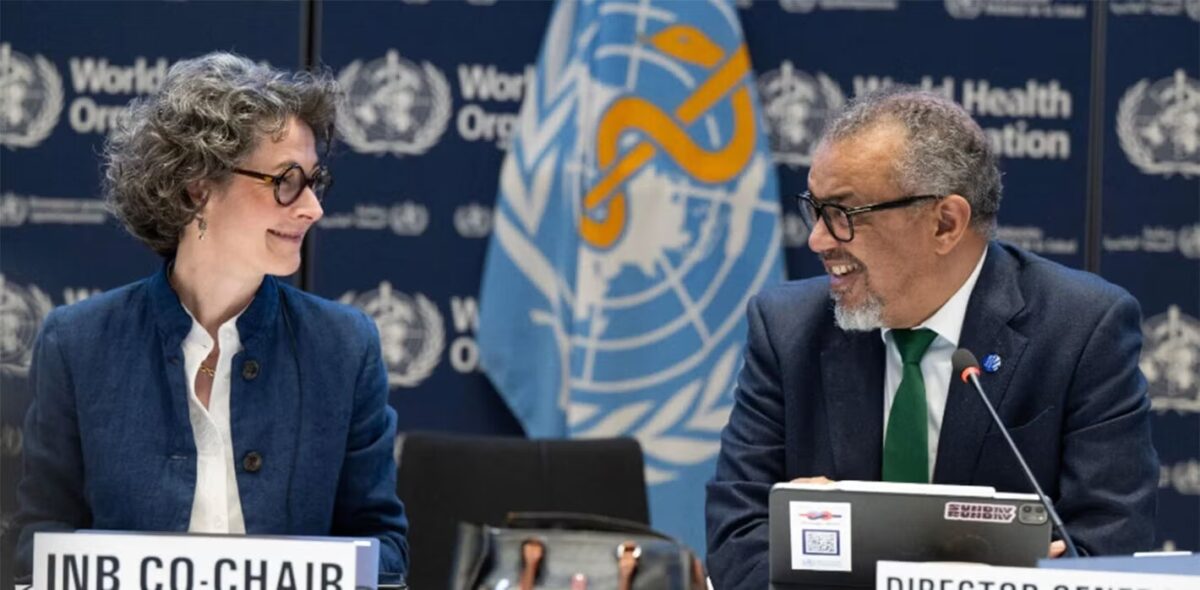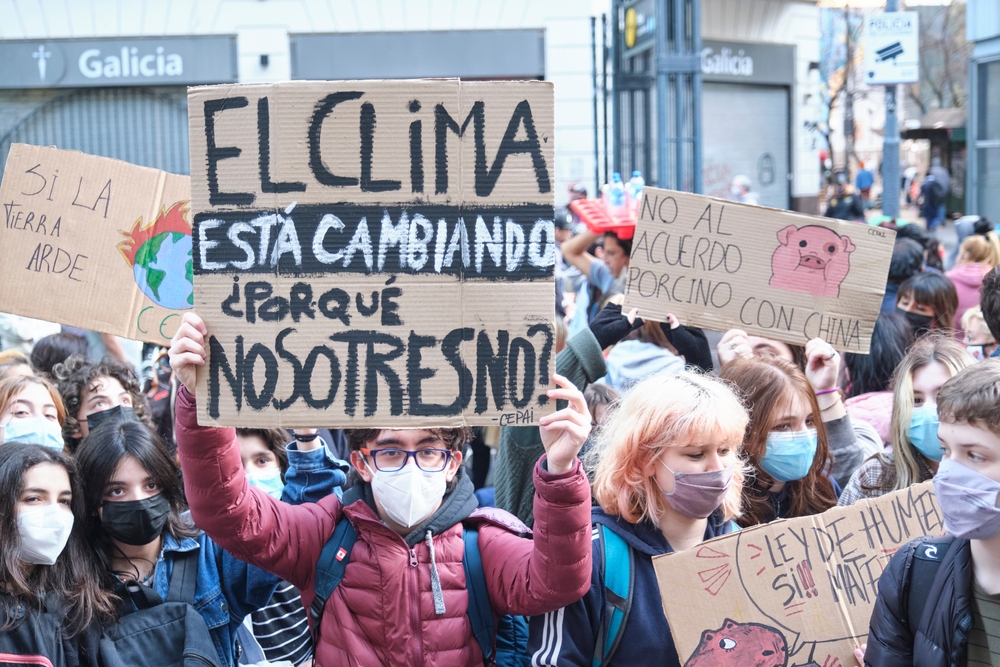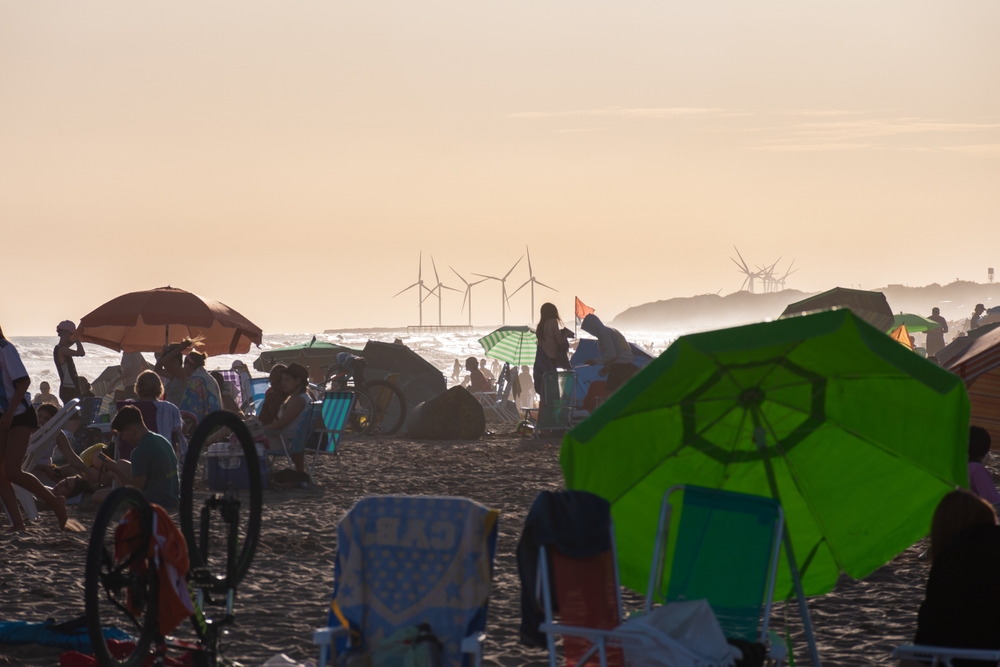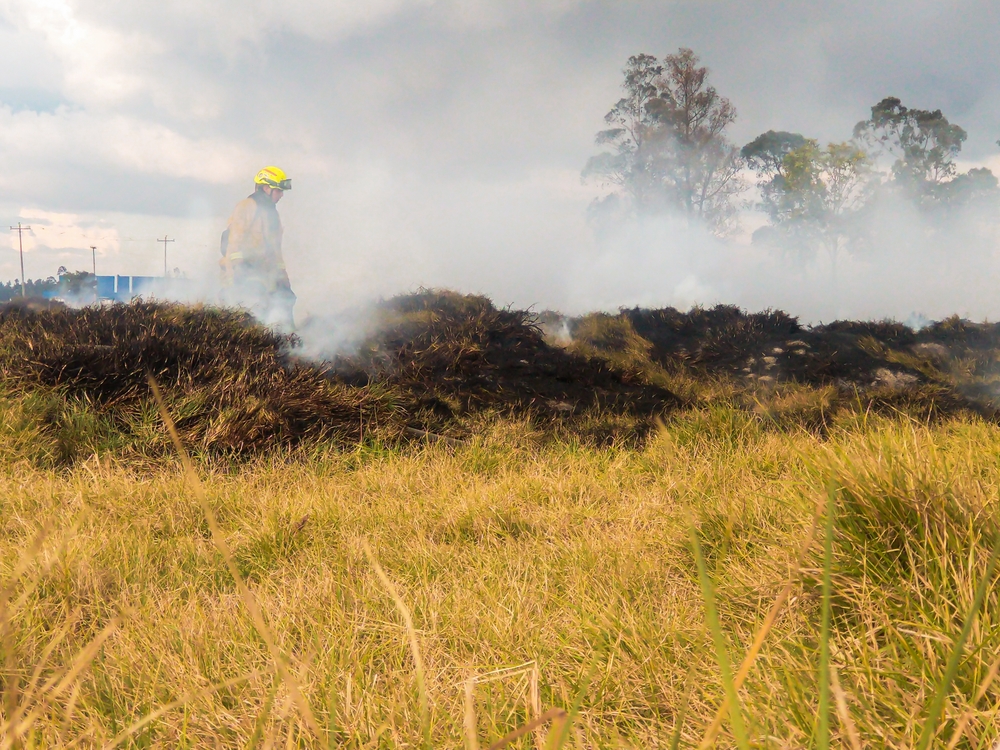 #News
#News
How climate change impacts the health of Latin Americans
A report published in The Lancet by Latin American scientists warns that worsening diseases and economic losses could significantly affect poorer populations
 Young people raise the alarm about climate change at a demonstration in Argentina in 2021 | Image: Shutterstock
Young people raise the alarm about climate change at a demonstration in Argentina in 2021 | Image: Shutterstock
Extreme weather events such as torrential rainfall, severe droughts, and major heatwaves are expected to become ever more frequent due to climate change. In the wake of this process, as the climate crisis continues to get worse, new epidemics become more likely, respiratory diseases and arboviruses (such as dengue and Zika) cause more severe cases, and the prevalence of malnutrition and obesity rises.
The causal relationship between climate change, disasters, and health is still an incipient line of research, but it has been growing in recent years in a diverse range of scientific fields.
A group of 34 researchers from Latin America, representing various fields of knowledge, turned their attention to these issues, analyzing the consequences of the climate crisis on human health.
The team created approximately 40 indicators—with help from 23 regional institutions and United Nations (UN) agencies—to be monitored in 17 countries. The results were published in The 2023 Latin America report of the Lancet Countdown on health and climate change, released in May.
“This key document offers important scientific evidence about what is happening in these territories,” Stella Hartinger, an epidemiologist from the Latin American Center for Excellence on Climate Change and Health at Cayetano Heredia University in Lima, Peru, and lead author of the report, explained to Science Arena.
The researchers found the data concerning. The incidence of dengue cases across Latin America increased by an average of 54% between 2013 and 2022. The increase was particularly severe in Bolivia (145%), Peru (95%), and Brazil (94.5%).
Rising temperatures cause mosquitoes to move to locations where they were not previously present, leading to dengue epidemics in many new places,” says Stella Hartinger.
In 2022, the average temperature in Latin America was 0.38 °C higher than it was in 2005. Paraguay, Argentina, and Uruguay were the countries that experienced the greatest increase in average temperature.
Between 2013 and 2022, children under one year of age were exposed to 248% more heatwave days than from 1986 to 2005. People aged over 65 experienced 271% more heatwave days. In the latter age group, premature deaths have increased by 140% since 2000—negatively affecting the economy, according to the report.
In addition to the loss of income due to deaths, the increase in heat affects worker productivity, resulting in a potential loss of around US$1.7 billion.
The sectors most affected are construction and agriculture. The agriculture sector, for example, was the most impacted in Ecuador, Peru, Guatemala, Paraguay, Honduras, and Nicaragua.
Impacts on food
Food crop losses do not only impact producer income, but also access to food in general, which can have major consequences on public health.
“Climate change is connected to an increased prevalence of both obesity and malnutrition—not directly, but indirectly through food production,” explains nutritionist Aline Martins de Carvalho, a professor and head of the Sustainability Center at the School of Public Health of the University of São Paulo (USP), who contributed to the Lancet report.

According to Carvalho, heatwaves, wildfires, droughts, and floods can severely affect agricultural production, changing not only the way food is produced, but also its nutritional qualities.
Between 2013 and 2022, people in eleven countries were exposed to more days of high or extremely high fire risk than between 2001 and 2010. Chile, Venezuela, Argentina, Colombia, and Brazil were the most affected.
“An increase in carbon dioxide [CO2] in an environment as a result of climate events can alter the nutritional content of staple foods, such as rice and corn. This can lead to nutritional deficiencies,” explains USP’s Carvalho.
The issue therefore exacerbates poor nutrition and food insecurity. The food insecurity experience scale (FIES), developed by the UN Food and Agriculture Organization (FAO), highlighted that in 2021, 37% of Latin Americans stated that they have no access to healthy and nutritious foods, while 33% stated that they eat less than they should.
An estimated 9.9 million people experienced moderate or severe food insecurity due to a greater number of heatwaves and droughts than the 1981–2010 average.
Major environmental disasters can lead to reduced food access and a consequent decrease in diet quality, says Raquel Santiago, a professor at the School of Nursing and Nutrition of the Federal University of Goiás (UFG) who contributed to the Lancet report and is part of the Planetary Health Research Group at USP.
“The cost of food is high, especially quality food. The population therefore turns to foods of low nutritional quality and consumes a diet that is not particularly diverse,” explains Santiago.
According to Santiago, food insecurity is currently on the rise due to reduced access to food itself and reduced access to a high-quality and balanced diet that provides adequate nutrients.
A balanced diet should consist of approximately 50% plant-based products, such as vegetables, 25% whole grains, and 25% proteins, which do not necessarily need to come from meat.
“Proportionally speaking, Brazilians prefer foods of animal origin,” says Santiago. “However, it is important to stress that access is not always adequate, and as a result, the risk of poor nutrition and food insecurity increases,” she points out.
Increase in urban population
Another important topic covered in the Lancet reportis the increasing number of people living in cities. It is estimated that 80% of the population of Latin America lives in major cities, where they are more exposed to climate risks and other factors that affect health and well-being. The report cites a survey carried out in 208 cities across South America, which indicated that the biggest health problems in urban areas are infectious diseases, floods, and heatwaves.
The majority (93.8%) of urban inhabitants have access to clean energy sources, but electricity production from coal grew by 2.6%. Investment in cleaner energy mixes grew across the continent in 2022, but the use of fossil fuels is still high.
Across the region, 96% of road transport is powered by fossil fuels such as diesel, which exacerbates the problem of pollution.

Premature deaths attributed to fine particulate matter (PM 2.5)—particles suspended in the air that contribute to pollution, generated by burning biomass—increased by 3.9% between 2005 and 2020, equivalent to 123 deaths per million people. The most severely affected countries were Chile, Peru, Brazil, and Colombia.
None of the 109 cities with more than 500,000 inhabitants had high levels of green space. Only 12 were considered to have moderate levels of green space—five of which were located in Venezuela.
Expanding parks could have significant health and climate resilience benefits in urban areas, according to the Lancet report, as well as improving the physical and mental well-being of residents, reducing mortality.
“The expansion of green spaces would result in a reduction of air and noise pollution,” the authors explain in the document. “It could also increase opportunities for exercise and social interaction.”
Inequalities between North and South
The results showed a disparity between the Global North and South in terms of climate situation and impacts. This explains the importance of carrying out research that focuses on Latin America.
“When the Lancet Countdown studies began, they focused on countries in the Global North,” points out Stella Hartinger, from Lima, Peru. “But the circumstances in the South are different. We came together because of the social vulnerability and lack of environmental governance in countries in the Global South, among other factors,” she explains.
Of the countries analyzed in the report, only Brazil and Guatemala reported having completed vulnerability and adaptation assessments for the impacts of climate change on health. Brazil, Chile, and Uruguay are the only nations to have implemented this kind of policy or national plan.
The application level in Brazil, however, was considered moderate. Argentina, Colombia, Costa Rica, El Salvador, Nicaragua, and Peru reported that plans were under development.
Most climate change adaptation plans include information on the impacts of the climate on public health and health systems based on evidence presented in the international or global scientific literature.
The Latin American team, however, highlights the need to gather more evidence at the local level to ensure greater clarity and consistency in the planning and implementation of climate change adaptation measures.
“There is great potential in the Global South, especially in Latin America, to mitigate the damage caused by climate change,” says UFG’s Raquel Santiago. “We have the largest functioning environmental reserves, but there is a lack of commitment to maintaining natural processes from the public and governments.”
“There is no effective monitoring of ‘clandestine’ deforestation, especially in regions with riparian forests and water basins,” points out Santiago. “A coherent line of thought is needed, as well as investment not only in research, but also in technology.”
“Climate change is an issue that should not be politicized,” reflects Hartinger. “This is not a problem exclusively for the right or the left, there is no point in pointing fingers at one side of the political spectrum or the other. It is a challenge that must be faced by everyone.”
*
This article may be republished online under the CC-BY-NC-ND Creative Commons license.
The text must not be edited and the author(s) and source (Science Arena) must be credited.


